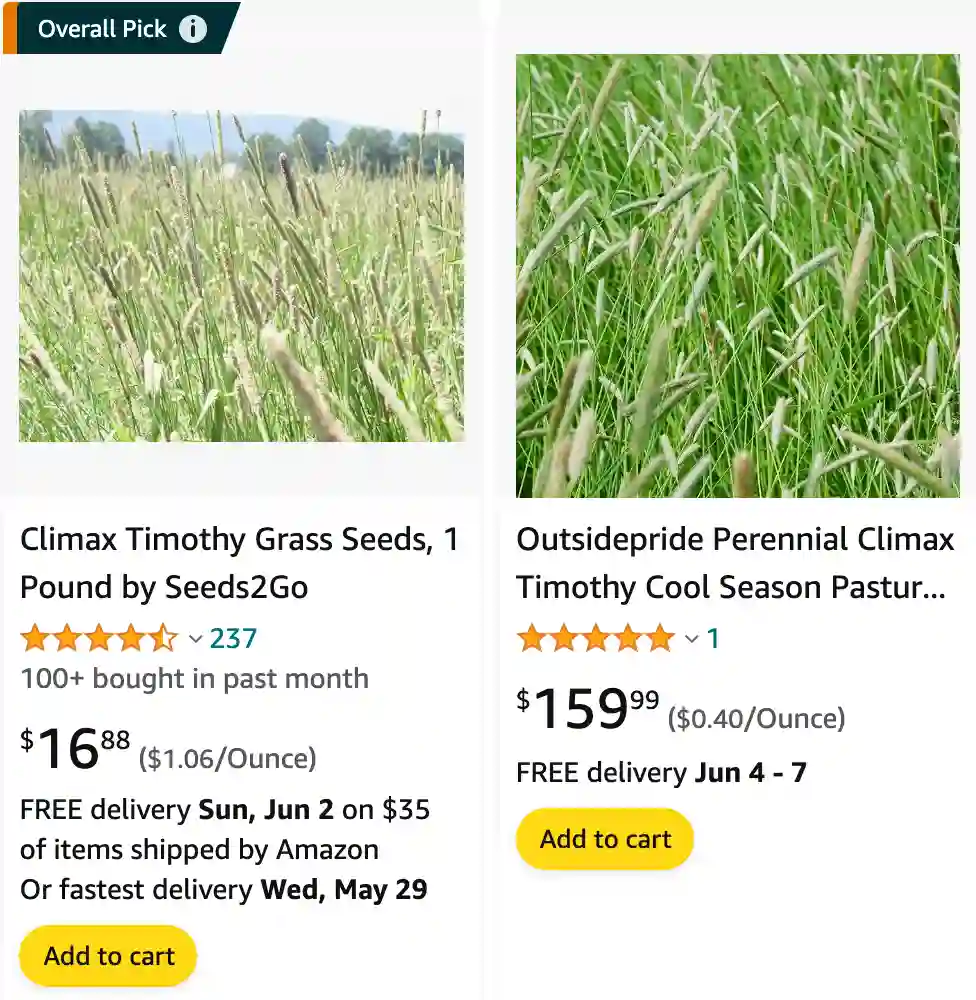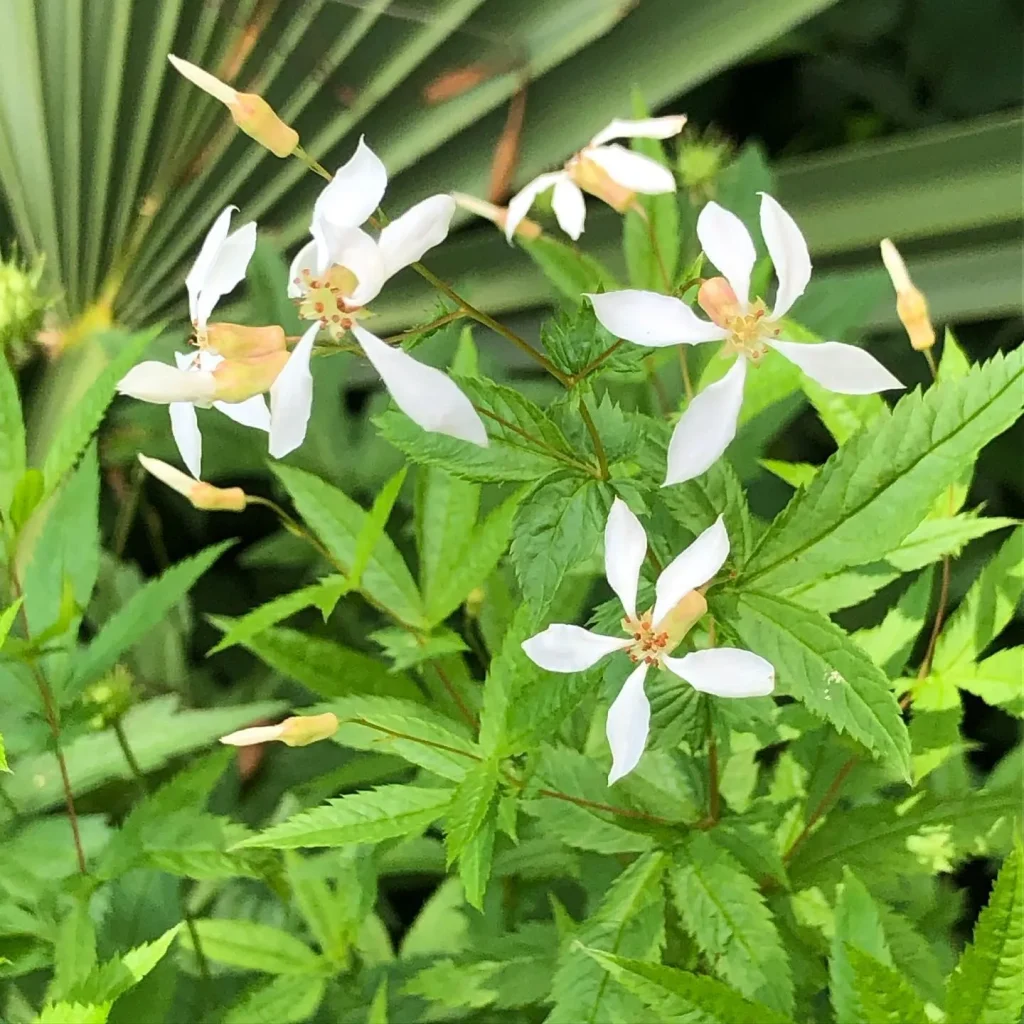
Discovering Timothy Grass: A Comprehensive Guide
Hello, I’m Ferb Vu, and today I’m excited to dive into the fascinating world of Timothy Grass. As a long-time gardener and animal enthusiast, I’ve encountered Timothy Grass numerous times and have come to appreciate its many uses and benefits. Let’s explore what Timothy Grass is, how it looks, where it grows, and its significance in agriculture and animal husbandry.
What is Timothy Grass?
Timothy Grass (Phleum pratense) is a perennial grass native to Europe but widely naturalized and cultivated in temperate regions across the globe. It is named after Timothy Hanson, an 18th-century American farmer who promoted its use as a hay crop. Timothy Grass is highly valued for its excellent nutritional qualities, especially for livestock.
What Does Timothy Grass Look Like?
Timothy Grass has a distinctive appearance. It grows in dense clumps and can reach heights of 20 to 40 inches. The stems are erect, and the leaves are long, flat, and narrow. One of its most recognizable features is the cylindrical flower head, often referred to as a “spike,” which resembles a rat’s tail and can grow up to 10 inches long.
Is Timothy Grass the Same as Timothy Hay?
While Timothy Grass and Timothy Hay are closely related, they are not the same. Timothy Hay is the dried form of Timothy Grass, harvested primarily as fodder for livestock. It is known for its high fiber content and is particularly favored as feed for horses, rabbits, guinea pigs, and other small animals.
What is Timothy Grass Allergy?
Timothy Grass can be a significant allergen for many people. Its pollen is one of the most common triggers of hay fever, leading to symptoms like sneezing, runny nose, itchy eyes, and throat irritation. Allergy sufferers often experience these symptoms during late spring and early summer when the grass is in full bloom.
Where Does Timothy Grass Grow?
Timothy Grass thrives in cool, temperate climates. It is commonly found in North America, Europe, and parts of Asia. This grass prefers well-drained, fertile soil and is often seen in meadows, pastures, and fields. It can also grow in roadside ditches and along riverbanks.
Will Timothy Grass Reseed Itself?
Yes, Timothy Grass can reseed itself under favorable conditions. The grass produces a large number of seeds that can fall to the ground and germinate. However, for optimal growth and spread, it is often best to assist with reseeding.
How to Grow Timothy Grass?
Growing Timothy Grass is relatively straightforward. It requires well-prepared soil, free of weeds and debris. The seeds should be sown shallowly, as they need light to germinate. Regular watering is essential until the grass is established. Once grown, it requires minimal maintenance but benefits from occasional fertilization and mowing to promote healthy growth.
When to Plant Timothy Grass?
The best time to plant Timothy Grass is either in the early spring or late summer to early fall. Planting during these periods allows the grass to establish roots before the extreme temperatures of summer or winter. Cooler temperatures and ample rainfall during these times provide ideal growing conditions.
Is Timothy Grass Hay Good for Horses?
Absolutely, Timothy Hay is excellent for horses. It is high in fiber and has a balanced nutritional profile, making it a preferred choice for horse owners. It aids in digestion and provides the necessary roughage that horses need for a healthy digestive system.
Can Guinea Pigs Eat Timothy Grass?
Yes, guinea pigs can eat Timothy Grass. In fact, it is a staple in their diet. The high fiber content helps maintain their digestive health, while the chewing action keeps their continuously growing teeth in check. Fresh Timothy Grass and hay are both beneficial for guinea pigs.
Can Rabbits Eat Timothy Grass?
Rabbits can indeed eat Timothy Grass. It is a crucial part of their diet, offering essential nutrients and fiber. Feeding rabbits Timothy Hay helps prevent obesity and dental problems, providing them with the roughage they need to keep their digestive system healthy and active.
Do Deer Eat Timothy Grass?
Deer do eat Timothy Grass, although it is not their primary food source. They may graze on it if it is available, especially in meadows and pastures where it grows abundantly. However, deer often prefer a variety of other plants and shrubs in their diet.
Is Timothy Grass Good for Goats?
Timothy Grass is suitable for goats as well. It provides a good source of fiber and is palatable to them. While goats are known for their diverse eating habits, including a variety of grasses in their diet ensures they receive balanced nutrition.
What is Timothy Grass Used For?
Timothy Grass is primarily used for hay production. It serves as high-quality fodder for various livestock, including horses, cows, sheep, and goats. Additionally, its hay is popular for small pets like rabbits and guinea pigs. Beyond animal feed, Timothy Grass can also be used for erosion control and as a cover crop to improve soil health.
Can Chickens Eat Timothy Grass?
Chickens can peck at Timothy Grass, but it is not a significant part of their diet. While they may eat some of the grass, their primary nutrition comes from grains, seeds, insects, and commercial feed. However, having access to Timothy Grass can provide chickens with some additional variety and entertainment.
Exploring Timothy Grass has been an enlightening experience, highlighting its importance in agriculture and its benefits for various animals. Whether you’re a farmer, pet owner, or simply curious about this remarkable grass, understanding its characteristics and uses can help you appreciate its value in the ecosystem.
If i die, water my plants!



